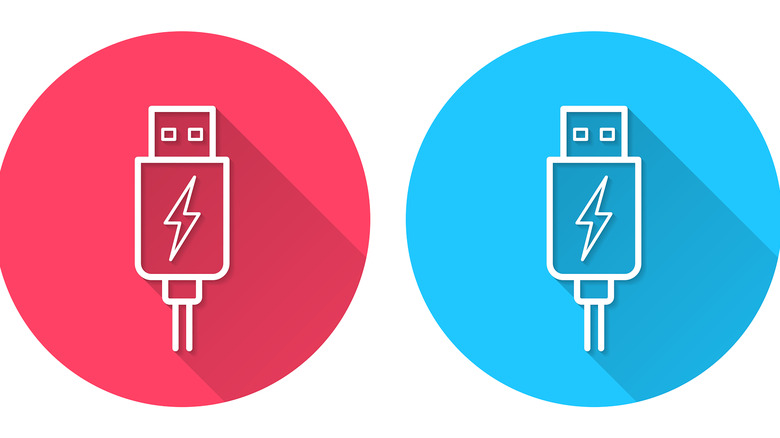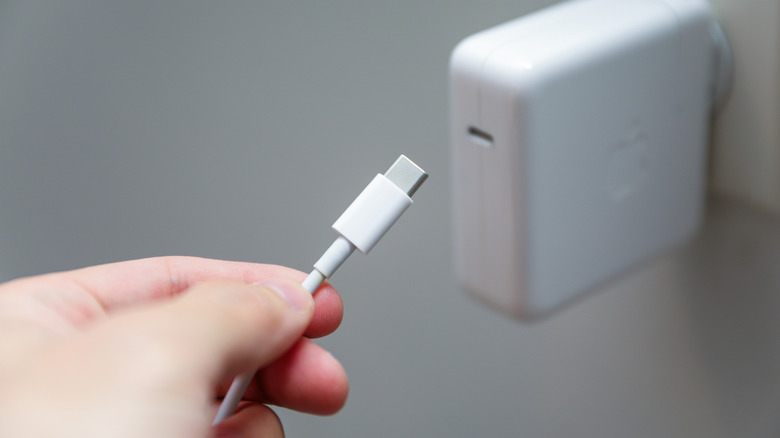What Does USB-PD Stand For?
If you've bought a new USB-C cable or charger and seen "USB-PD" on the charger's or cable's box, you may have wondered what exactly these letters stood for. The answer is USB Power Delivery, a fast-charging standard that lets compatible devices negotiate and draw much higher power levels than traditional USB connections. Instead of the fixed 5-volt output found in older USB-A chargers, USB-PD can dynamically adjust voltage and current, delivering anywhere from 5V to 48V and up to 240 watts on the most recent version of USB-PD.
The flexibility that USB-PD brings enables modern laptops, tablets, and smartphones to charge quickly using the same USB-C port that handles data and video output. A MacBook Pro, for example, can pull up to 100W via USB-PD, while a Nintendo Switch or Google Pixel smartphone scales down to 18W and 27W, respectively, automatically. The technology also makes it possible to power larger accessories like monitors or docking stations from a single USB-C cable.USB-PD is what makes today's all-in-one USB-C ecosystem possible. By standardizing higher-wattage power transfer, USB Power Delivery reduces the need for proprietary adapters and cables.
What is USB-PD?
USB Power Delivery (USB-PD) is an advanced fast-charging standard designed to safely deliver higher power levels over a USB connection. Unlike the older USB-A and USB-B standards, which were limited to a fixed 5 volts and relatively low wattage, USB-PD is able to dynamically negotiate both voltage and current between the connected device and charger. This allows compatible hardware such as laptops, tablets, smartphones, and monitors to draw anywhere from 5 watts up to 240 watts under the latest USB-PD 3.1 version.
The key feature of USB-PD is its smart power negotiation. Instead of forcing every device to charge at the same rate, the charger and device communicate to determine the optimal power level. This ensures efficient charging without overheating or the risk of damage to components. For example, a MacBook Air might pull 67 watts for rapid charging, while a pair of AirPods connected to the same charger might only draw a few watts.

